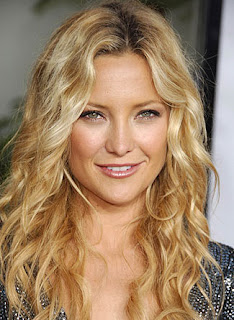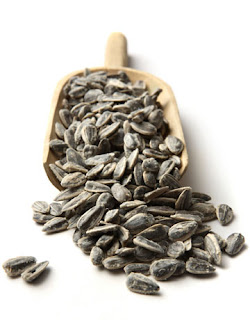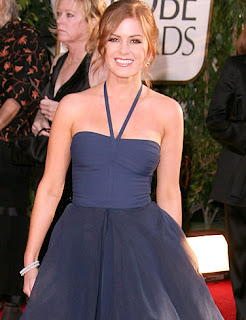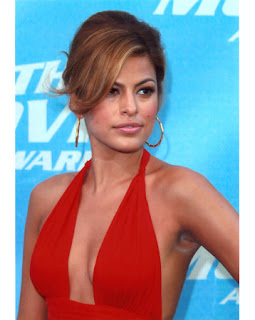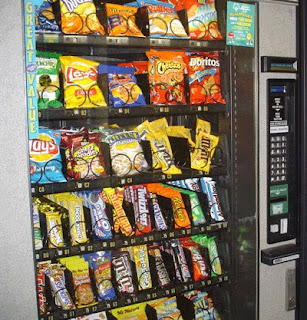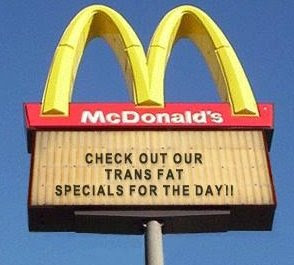
No matter how fun it is to be a bridesmaid, there is always one major downfall: the dress. This hideous dress that someone else has picked out for you, that you don't plan to ever wear again. Might as well burn your money... or not.
Before you give up all hope, here are some ideas:
Use it for a Halloween Costume. If you don’t have any sewing skills, save it for use in your next Halloween costume. Be a tacky Beauty Queen. Just at a tiara sash and some heavy makeup. Miss Finland's evening gown for the Miss Universe pageant sure looks like a bridesmaid dress that I have been forced to wear.
Remove gaudy elements from the dress. If the dress has big bows or bustles or ruffles, remove those elements from the dress, leaving behind a simple dress. Most of these elements are additions and can be removed without damaging the dress. Once you remove these elements, you will be amazed at the difference.
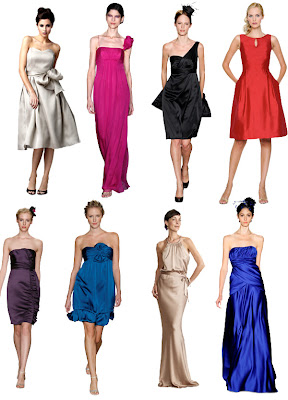
Shorten the dress. If it is a dress that you really like, but don’t have need for a full length dress, you can shorten it into a tea-length dress to wear on dates, and to weddings. This is done by cutting off excess fabric and hemming the dress. If you don't know how to do this, bring it to your tailor. It will cost less than $15. A drop in the bucket compared to the original cost.
Remove the skirt from the dress. Even if the style of dress is not something you will wear again, it may have a skirt that you would be glad to wear again and again. Cut the skirt of the waist away from the bodice, and remove the zipper. Replace the zipper with a skirt zipper and add a waistband. Then you can wear it with any top you own. Again, if you don't know how to do this, bring it to your tailor and give him/her your directions. This should cost in the $25 ball park.

Use it for scrap fabric. If the dress is completely hideous and unalterable, save the fabric. You can use it to make beautiful throw pillows, lampshade covers, a runner for your couch, or even a table cloth for a small table. Bright pink looked terrible on you, but it sure makes a good throw pillow!
Donate it. A gaudy train wreck to you, might be the ultimate prom dress for a highschool student. Give it to a younger sister, cousin, consignment shop, or local Good Will.
If you like this post, you might like these:
- How to Re-Wear a Dress
- Haircuts that Flatter your Face Shape
- Choosing a Dress for your Body Type
- 9 Ways to Wear a Scarf
- How to Look Good in Leggings
- 6 Tricks to Look Thinner
- Finding Jeans for your Body Type
- Choosing Colors that Flatter your Complexion
- 10 Ways to Stay Fit at your Office Job
- Are knee high boots appropriate for the office?
Return to www.DoesntHurtToBeBeautiful.com homepage
Subscribe to Doesn't Hurt to be Beautiful via email Subscribe in a reader

